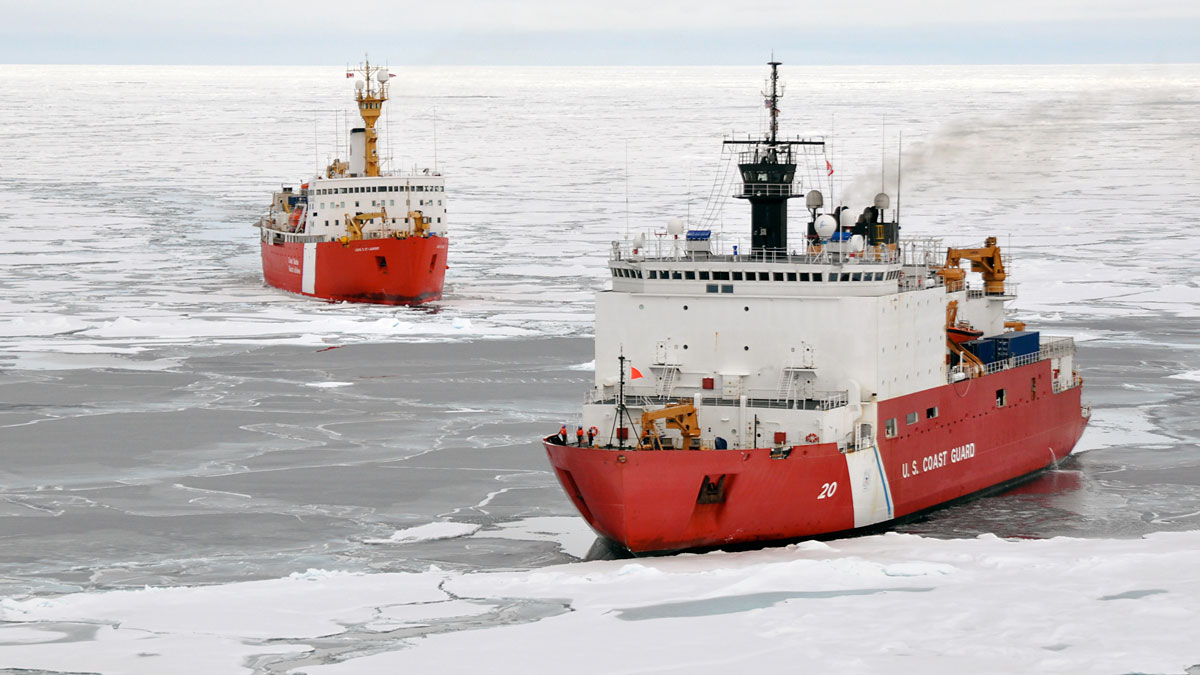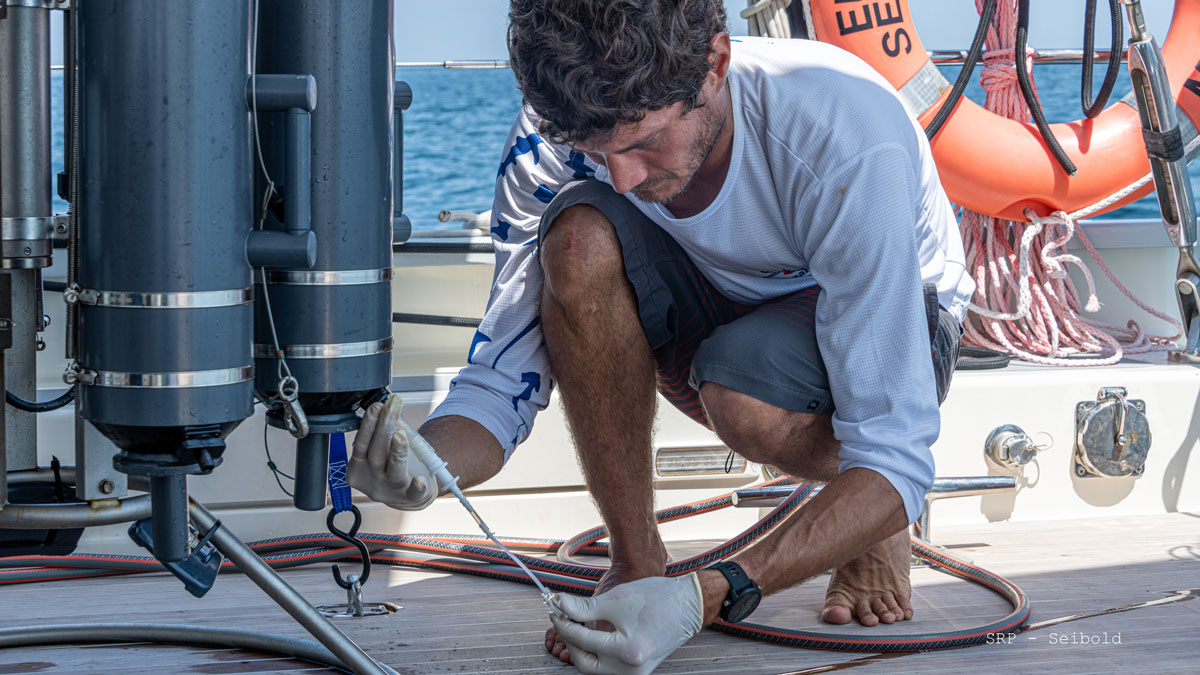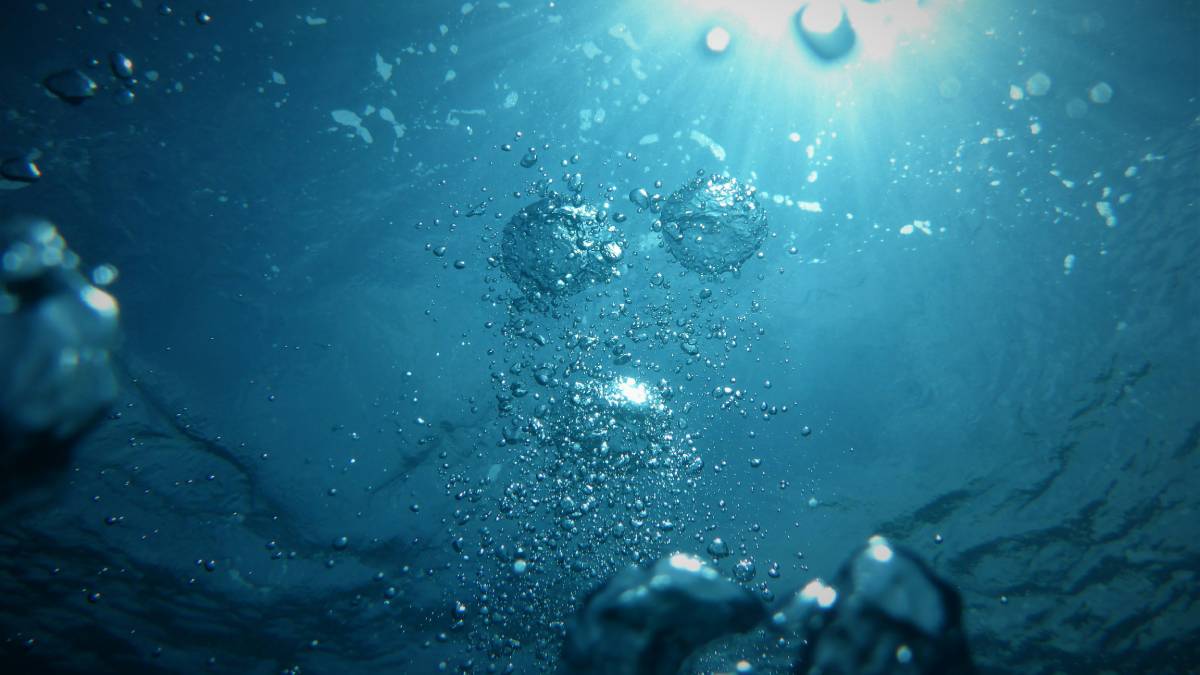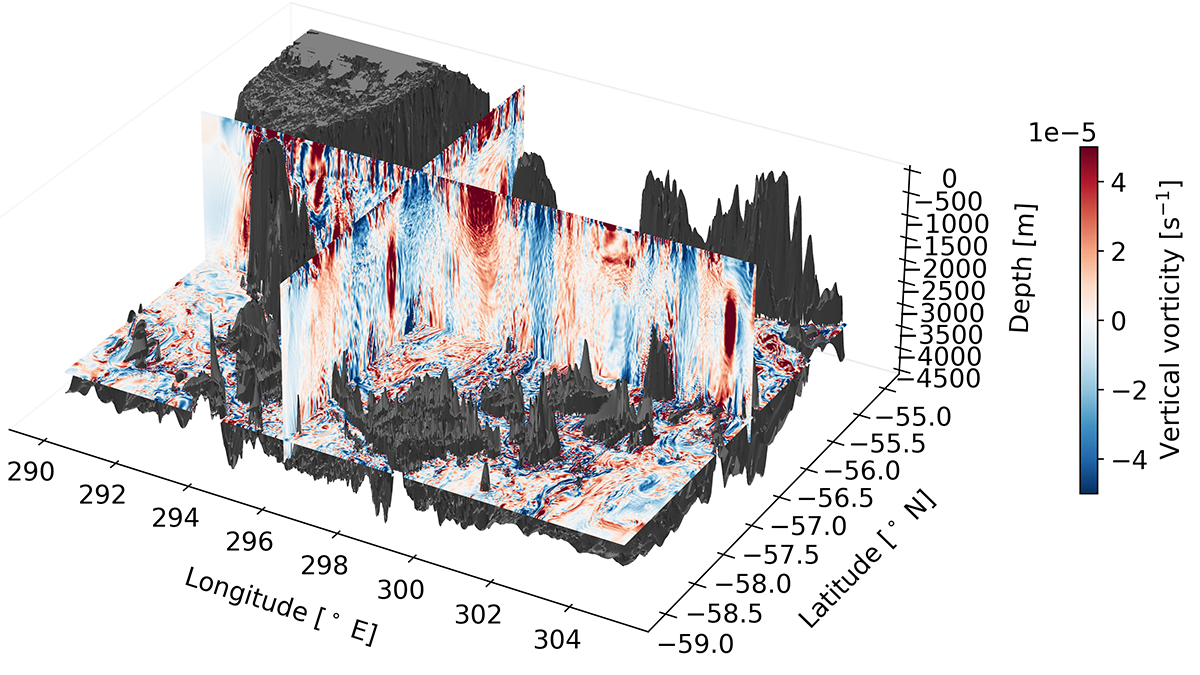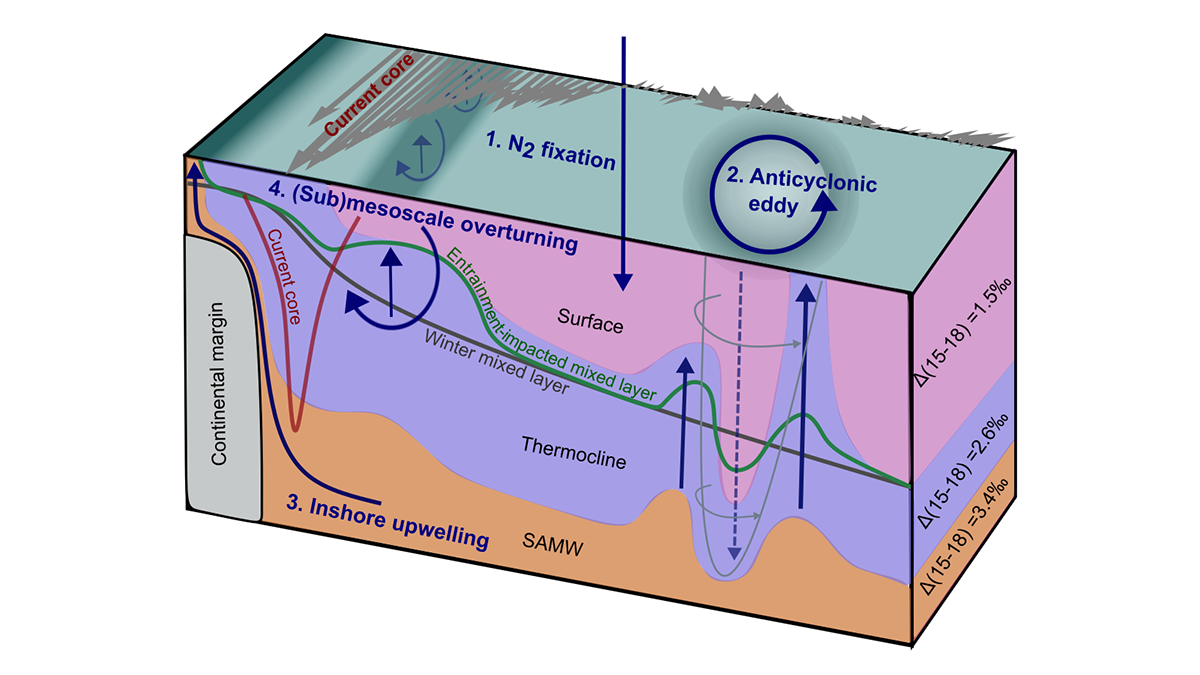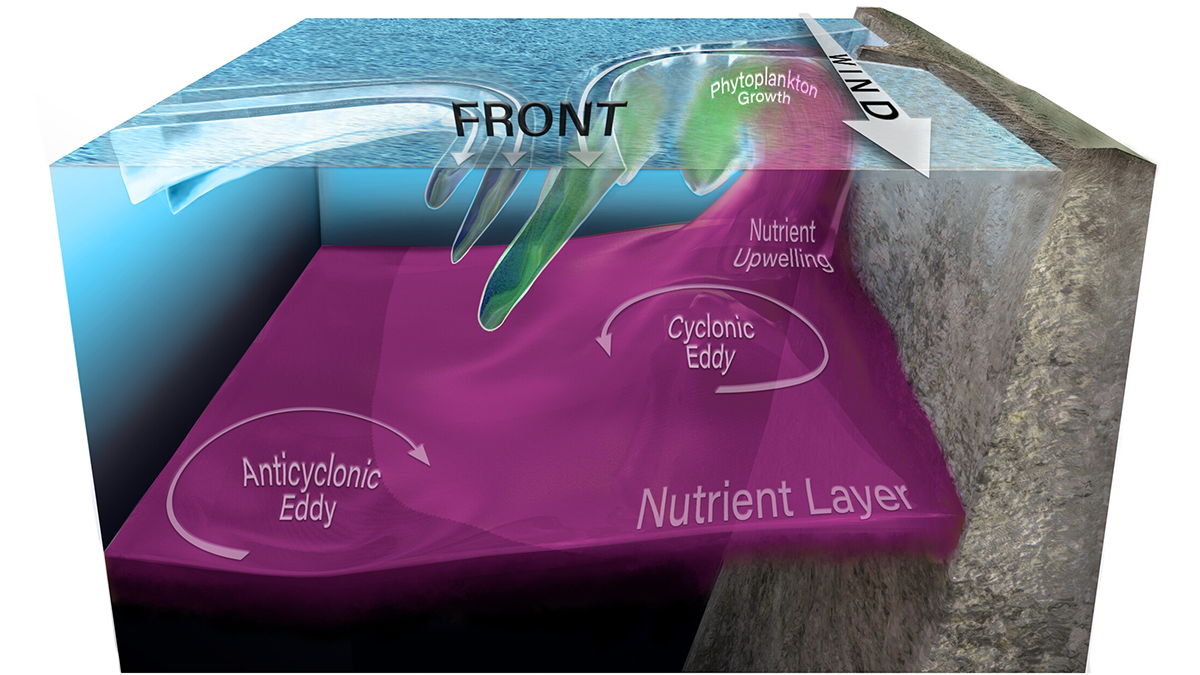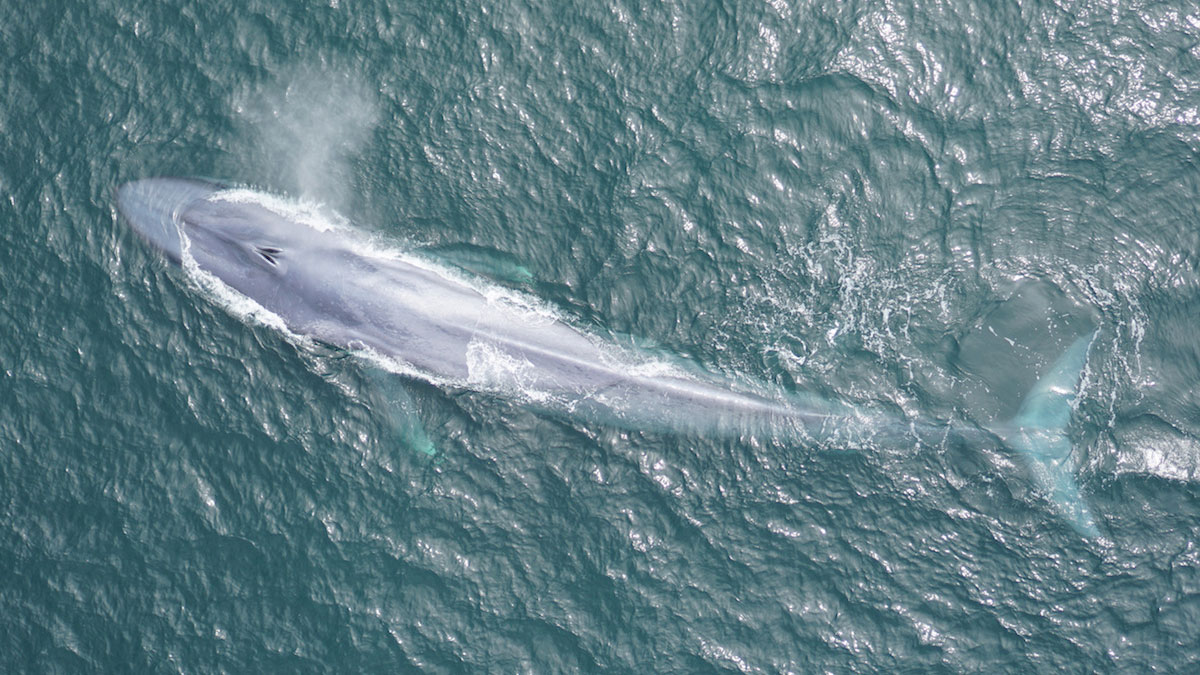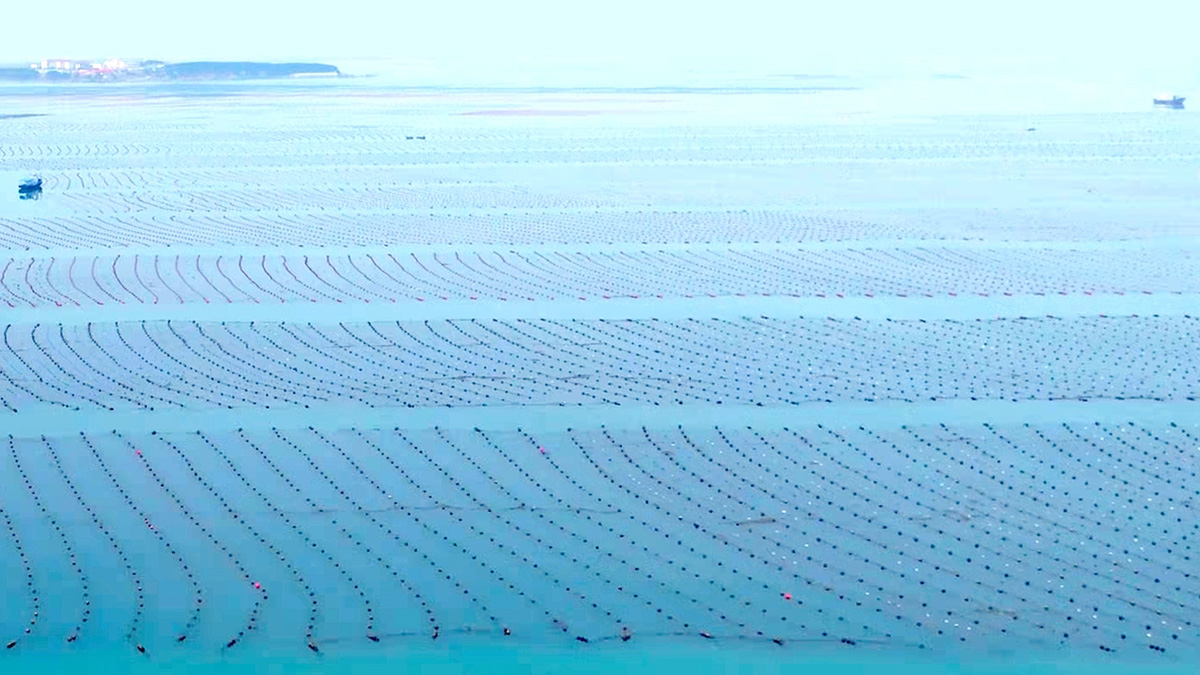Centimeter-sized turbulence controls the rate at which the Arctic Ocean churns.
upwelling
Panama’s Coastal Waters Missed Their Annual Cooldown This Year
The unprecedented failure of tropical upwelling will likely affect the country’s fisheries. Scientists aren’t certain whether it will happen again next year.
Model Suggests Undersea Mountains Help Mix the Global Ocean
Seamounts may play a significant role in ocean turbulence and the upwelling of deep waters.
Overturning Ocean Water by Turbulence
A high-resolution regional model of the Southern Ocean reveals how topographically induced mixing in the abyss is important in creating the water masses that can upwell back up to the surface.
How Nutrients Get Back Up to the Surface Ocean
A new dual isotope tracer technique is used to assess the role of a number of poorly understood nutrient supply mechanisms fueling biological productivity in the ocean.
Pulses of Coastal Upwelling Generate Phytoplankton
Phytoplankton patches at an ocean front in the California Current System are found to originate from different coastal upwelling pulses.
Tropical Cyclone Triggered Record Algal Bloom in the South Pacific
In 2019, Tropical Cyclone Oma hovered over the Coral Sea in the South Pacific, leaving a massive algae bloom in its wake.
Bio-Argo Floats Reveal Phytoplankton Increase at Ocean Fronts
Bio-Argo floats and satellite altimeter data reveal that upwelling caused by confluent flow on the warm side of ocean fronts increases phytoplankton carbon and chlorophyll.
Scientists Tune In to Blue Whale Feeding Rhythms
New acoustic sensing technology is allowing scientists to track blue whale movements in real time, a breakthrough that could help save whales’ lives.

